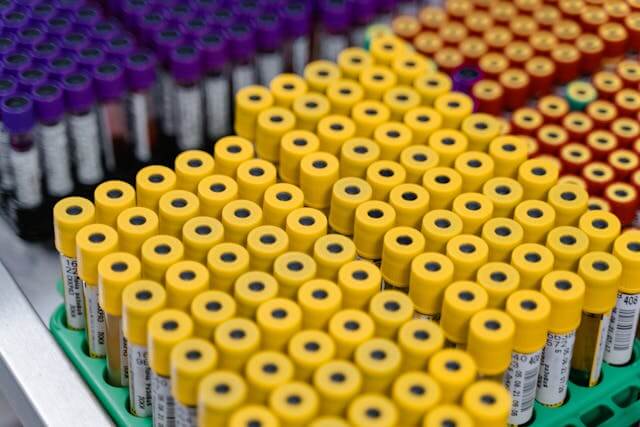Preparing the samples is crucial in studies and experiments. This step turns raw materials into a form that can be analyzed. Researchers face obstacles in this process, which can impact the precision and dependability of findings. Recognizing these hurdles and knowing how to overcome them is key to attaining top-notch results. This article explores common challenges in sample preparation and how to overcome them.
Dealing with Problems Related to Contamination
Contamination is an issue in sample preparation that must be addressed carefully, as even small impurities can impact results and cause inaccuracies in findings. To avoid this problem, it is important to adhere to cleanliness protocols, use high-quality reagents, and know sample preparation basics. Laboratories need to make sure that all tools and surfaces are properly cleaned before starting any work. Also, using gloves and lab coats can help minimize the risk of contamination.
Reaching a Uniform Standardization
Ensuring consistency in samples presents another hurdle, as disparities can yield differing outcomes and complicate data analysis processes. Implementing effective homogenization methods can facilitate the attainment of reliable results. Measures like sonication or mechanical mixing guarantee a blending of consistent application of such techniques in various experiments, which can enhance result accuracy and dependability.
Handling Sample Loss
It’s pretty normal to worry about losing some of the samples when preparing it for analysis—it can happen through evaporation or accidents like spills or adsorption onto surfaces along the way and mess with the results. To tackle this issue head-on, make sure to pick the right containers and handle them with care to minimize any losses that may occur during the process. Training your team on pipetting and handling methods can also significantly reduce those risks. Using systems for samples that are prone to volatility might just be the cherry on top for keeping your samples in tip-top shape.
Conquering the Challenges of Matrix Influences
Matrix effects happen when other substances in a sample disrupt the measurement of the substance being analyzed, leading to results. Methods such as using calibration standards matching the sample matrix or incorporating internal benchmarks can address this problem By considering these disturbances, scientists can conduct more accurate analyses.
Efficiently Organizing Your Time for Preparing Samples
Meeting deadlines can pose hurdles in situations. Preparing samples can consume a lot of time and affect the flow of research endeavors as a whole. Using automated systems can boost effectiveness by cutting down on work. Moreover, organizing tasks wisely and meticulously planning experiments can improve time utilization.
Guaranteeing Consistency
Consistency in sample preparation is crucial for ensuring study outcomes, as reproducibility plays a key role in research integrity. Credibility factors can influence the reliability of findings. Training and quality checks help uphold procedures among researchers and experiments.
Dealing With the Constraints of Our Tools
Challenges may arise during sample preparation due to limitations in laboratory equipment quality and functionality. Outdated or insufficient equipment could result in errors and inefficiencies in the process. Acquiring top-notch equipment can boost efficiency and accuracy in sample preparation. Furthermore, upkeeping and calibrating current equipment can lead to performance outcomes.
Dealing with Scenarios
Preparing samples can be challenging as they may contain various interfering substances that could significantly affect the analysis results, specifically in biological samples. Researchers need to use customized methods that effectively match the samples’ characteristics. Techniques like filtration, centrifugation, or extraction are essential in separating the target analyte from complex matrices to enhance the accuracy of analytical results.
Managing Environmental Conditions
Changes in the environment, like temperature and humidity, can influence how samples are prepared, which might change their properties and significantly impact the results of the analysis conducted on them. It is essential to maintain a controlled setting in labs to maintain consistency in sample preparation, and using climate-regulated rooms or tools can help with this a lot.
Adjusting to Changing Norms
The field of research is always evolving. New practices and techniques are developing, which researchers need to keep up with to ensure the accuracy and significance of their work stays relevant over time. Attending workshops and conferences for training and networking opportunities in the field helps professionals stay informed about recent developments. Adapting to these changes in industry standards enables researchers to maintain the effectiveness and relevance of their methodologies as they evolve.
In Summary
Quality sample preparation is essential for obtaining accurate and reliable results in research. Researchers can improve the quality of their work by overcoming challenges associated with sample preparation. By following practices and using high-quality equipment while staying updated on industry standards, researchers can enhance the precision and confidence in their contributions.
